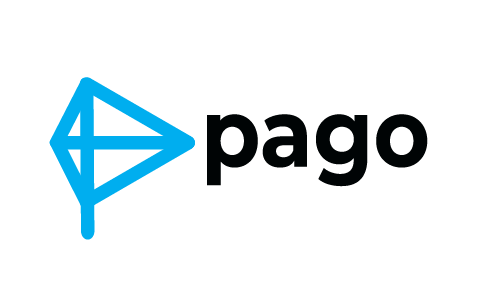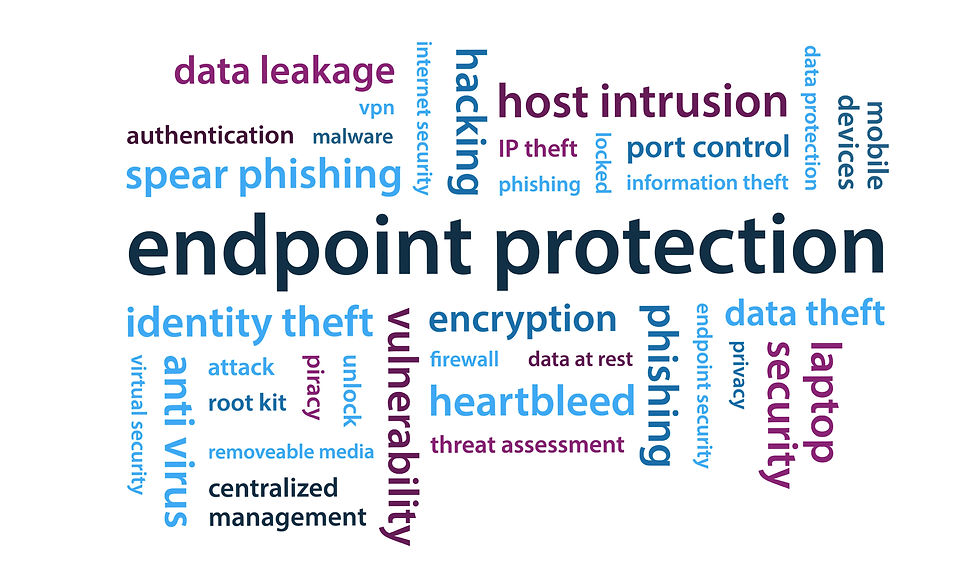[Gartner SRM Summit 2025] Gartner’s Cybersecurity Tool Optimization Strategy: From Overload to Efficiency
- Kenneth Nam

- Jun 13
- 4 min read

Efficient Tool Optimization Strategies in a Complex Cybersecurity Landscape
The cybersecurity landscape often feels like a blizzard of tools - overwhelming and chaotic. With thousands of security vendors in the market and the average organization using around 43 different tools, pinpointing misconfigurations or recent changes becomes extraordinarily difficult. As the old adage goes, “Complexity is the enemy of security,” and in practice, that complexity can actually weaken your defenses. In this session, we explored approaches to tame that complexity and drive real improvement.

The Essence of the Problem: “Tool Sprawl” and Its Impact
Today’s security environment faces several intertwined challenges:
Sheer number of tools
Gartner tracks over 3,500 security vendors and some studies push that figure past 4,000. On average, organizations deploy 43 distinct security products, and 37% work with 27 or more different vendors. Even a single workstation may need EPP, EDR, PAM, SWG, MFA and more.
Urgent need for consolidation
Because of this complexity, 62% of organizations are actively pursuing tool consolidation, and 98% plan to start within the next 3 years.
Key pain points
Misaligned security posture: When multiple products overlap (for example, several DLP solutions), maintaining consistent policies becomes nearly impossible. One tool’s “sensitive data” might be another’s “low risk.”
Operational overload: Endless alerts lead to fatigue, managing dozens of consoles wastes time, and most tools, often only 10~20% utilized, generate logs in incompatible formats, hampering meaningful integration.
Ownership battles: Different teams favor different tools, resulting in confusion over who manages what.
Cost and efficiency drain: Procurement cycles drag on, visible savings are hard to demonstrate, and the goal must be improving risk posture, not just cutting costs.

Vision for Tool Optimization: “The Best Tool Is the One You Use”
Optimizing and consolidating security tools can feel abstract, so a clear guiding principle is essential.
Consider yoga: it may not burn the most calories or build the greatest strength, but its habit-forming nature makes it easy to stick with. In the same way, “the best exercise is the one you actually do,” and “the best security tool is the one you actually use.”
This philosophy means resisting the urge to chase “best of breed” everywhere. Where technology has become commoditized, an integrated platform often delivers more consistent results. Reserve specialized, best-of-breed solutions for areas that truly demand them, such as cutting-edge AI use cases or unique organizational needs.
A security platform can be defined as a modular suite of products and features built on a common architecture that addresses most core requirements in a given domain. Integration efforts should always tie back to business outcomes. For example, Secure Access Service Edge (SASE) directly supports secure resource access. Extended Detection and Response (XDR) and Cloud Native Application Protection Platform (CNAPP) follow similar integrated approaches.
Ultimately, organizations should aspire to a concept like “Connected Security Modular Architecture,” where every tool communicates seamlessly and functions as part of a unified system. Given that attackers move fluidly across domains, achieving this level of true integration is more important than ever.

Implementation Plan and Considerations
Implementation Plan
Take inventory of existing vendors and tools - Identify every security product in use across the organization, including those managed outside the security team. This step is complex but essential.
Identify core vendors and tools - Select the main vendors and products that will form the foundation of your consolidation strategy.
Gather feedback from stakeholders - Solicit input from procurement, administrators and end users to understand each tool’s unique strengths.
Start small - Launch a focused consolidation project in a specific area—such as Secure Access Service Edge, extended detection and response or application security—and measure its impact on business outcomes.
Execute and measure results - Eliminate redundant tools, concentrate on core vendors and track metrics such as total cost of ownership, detection accuracy and user satisfaction to demonstrate improvements.
Plan for future integration - Consider how today’s integrations will connect with tomorrow’s projects, such as linking Secure Access Service Edge with extended detection and response and build like pieces of a puzzle.
Key Considerations
Focus on business outcomes, not technology - Remember that integration is a means to achieve business goals, not an end in itself.
Do not chase cost savings alone - Aim primarily to strengthen your risk posture rather than cutting budgets.
Beware of unrealistic timelines - Most consolidation efforts take years to complete, often influenced by contract terms.
Distinguish platforms from commercial bundles - Verify that products truly interoperate rather than simply being sold together.
Account for people and culture - Employees may hesitate to share honest feedback if they fear job loss from tool changes. Leaders must model transparency and reassure their teams.
Avoid over-integration - Excessive consolidation can backfire - large organizations may find a single-vendor approach less efficient.
Watch for the “doorman fallacy” - Don’t overlook subtle, undocumented advantages of certain tools. Use resources like Gartner’s Cybersecurity Platform Consolidation Workbook to uncover hidden benefits.

“Complexity Is the Enemy of Security” – Our Real-World Challenges
As cybersecurity professionals, we deeply understand that “complexity is the enemy of security.” It’s tempting to believe that deploying more tools makes us safer, but real-world experience tells a different story. We constantly question whether all these products are configured correctly, whether they might conflict with one another, or even introduce gaps due to policy misalignment.
Moreover, even when we identify a next-generation security solution our organization truly needs, we hesitate to deploy it into an environment already bogged down by unchecked complexity. Adding another tool risks exacerbating “tool sprawl” and further undermining operational efficiency. These practical doubts underscore that simply expanding our toolkit is not the answer. Instead, optimizing and consolidating existing systems must come first. Ultimately, any new technology succeeds only when introduced onto a well-prepared foundation.
Author - Kenneth Nam, Threat Analyst | PAGO Networks



